Brake pads are a crucial component of your vehicle’s braking system. Proper lubrication helps brake pads operate smoothly and quietly while extending their lifespan. But what exactly happens if you neglect to grease your brake pads?
In this article we’ll cover the purpose of brake pad lubrication, the consequences of not greasing pads, how and when to lube pads correctly, symptoms of ungreased pads, and frequently asked questions about brake pad lubrication.
Whether doing your own maintenance or taking your car to the shop, read on to learn why proper brake pad lubrication matters.
Why Do Brake Pads Need to Be Lubricated?
There are a few key reasons why greasing brake pads is important:
Reduce Noise – Lubrication minimizes brake squeal caused by vibration and metal-on-metal contact between the pad backing plate and caliper. Grease dampens noises. Prevent Binding – It ensures the pads can slide freely in the caliper brackets. Binding pads drag, causing poor brake performance and uneven wear.
Extend Pad Life – Grease helps the pads move smoothly, wear evenly, and avoid getting stuck in the calipers. This maximizes the pad service lifespan. Avoid Corrosion – Lubricant protects pad backing plates from moisture and road salt corrosion which could cause them to bind or stick.
Improve Performance – Greased pads respond and retract more consistently for proper braking without chatter, grabbing, or hesitation. Reduce Dust – It keeps the brake pad sliding surfaces clean for smoother operation and less abrasive dust.
Ease Installation – Lubrication allows the pads to seat properly in the calipers without catching or binding upon replacement. Regularly lubricating brake pad contact points is inexpensive brake maintenance that pays off through better performance, less noise, and longer pad life. It’s simple and quick to grease them when doing pad replacements or brake service.
What Happens if You Don’t Grease Brake Pads?
Neglecting to lubricate brake pads can lead to some undesirable consequences:
Increased Noise – Lack of lubrication is the #1 cause of brake squeal. Without grease, vibration and metal-to-metal contact creates irritating noise. Reduced Braking Ability – Binding pads don’t slide freely in the brackets.
This reduces stopping power and makes the brakes feel mushy. Uneven Wear – Pads will wear at an angle or taper without lubrication, causing handling issues and premature wear. Brake Judder – Grabbing and uneven pad wear can cause pulses and vibrations through the brake pedal and steering wheel.
Damage to Rotors – Pads that stick in their brackets put extra strain on rotors, warping them. Corrosion Buildup – Unlubricated pads are prone to rust between the backing plate and brake bracket.
Reduced Pad Life – Excessive wear from corrosion and binding necessitates premature pad replacement. Higher Maintenance Costs – Neglected, damaged pads, rotors, and hardware need repairs and replacement more often.
Rather than waiting for grinding, low pedal, or jittering to appear, lubricating pads every brake service prevents issues. Take a proactive approach to pad lubrication.
When Should You Grease Brake Pads?
Brake technicians recommend greasing pads:
Whenever pads are replaced – Lubricating fresh pads helps seat them properly to avoid squeaks and binding. At major brake service intervals – Lubrication should be part of routine brake inspection and maintenance every 25,000-60,000 miles.
If any noise or sticking occurs – Grease pads immediately if they start squeaking or dragging to prevent further issues. When changing brake fluid – bleeding brakes is a good time to lubricate all brake components.
After washing the vehicle – Lubrication helps displace any moisture to prevent corrosion. When replacing rotors – New rotors and pads should always be lubricated before install to function properly. For DIYers, keep a brake lubricant in your supplies and apply it anytime you remove pads for replacement.
Don’t allow pads to be installed dry. Overall, grease pads at least annually as part of regular servicing. It only takes a minute and ensures noise-free, optimum performance.
What Type of Lubricant Should Be Used on Brake Pads?
Brake pad lubricant is specially formulated not to degrade pad friction material. The lubricant also won’t gum up or wash away easily. Avoid regular greases which can damage pads and rotors. The ideal lubricants include:
Synthetic Caliper Grease – Made specifically for brakes, these won’t harm rubber seals or pad compounds. Popular brands are Valvoline SynPower or Permatex Ceramic Extreme.
Silicone Brake Lubricants – Silicone has high heat tolerance without damaging pads. Useful options are Genuine Chrysler lube or Permatex Ultra Disc Brake Lubricant.
Copper Greases – Copper grease offers excellent adhesion and high temperature stability on brake systems. Try brands like Permatex or Lucas Oil.
Teflon/PTFE based Lubricants – Teflon lubricates well without harming friction surfaces. Super Lube PTFE Gel or Dupont Krytox are good choices. Brake Quiet Sprays – All-in-one spray lubricants like CRC Disc Brake Quiet Coating can quickly lubricate and reduce squeaks.
The key is using a brake-specific lubricant rather than a general purpose grease. Always check that the lubricant you select is safe for brake pads and rubber seals. Proper lubrication materials make a big difference in effective pad lubrication.
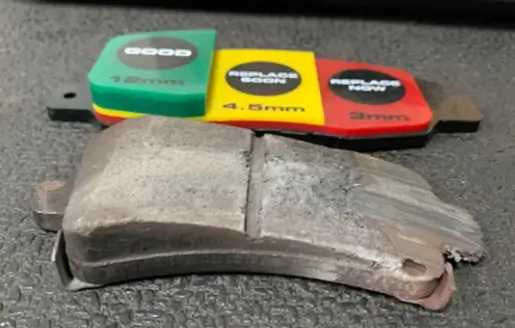
How to Properly Lubricate Brake Pads
Greasing brake pads is a quick and simple process:
Supplies Needed:
Brake pad lubricant Clean lint-free rag Steps:
Remove wheels to access brake calipers and pads. Clean caliper slides and pad contact areas to remove dirt and old grease. Apply a thin, even layer of lubricant to the caliper mounting brackets where the pads sit and slide.
Also lubricate the backside of the pad backing plates, especially around the retaining clips. Rub the lubricant over all contact surfaces between pads and caliper. Cycle the brakes to work the grease into the pads and seats. Avoid getting lubricant on the rotors or friction surfaces of pads. Reinstall wheels and test brake operation.
Focus lubrication where metal-to-metal contact occurs between pads, caliper, and hardware. Proper grease application and fully seating the lubricated pads reduces vibration and binding. Just remember to never get grease on the pad friction material itself. Overall, pad lubrication is quick and dramatically extends pad life.
Symptoms That Brake Pads Are Not Properly Lubricated
Here are some signs that poorly lubricated brake pads may be causing issues:
Squeaking or squealing when braking – High-pitched noises indicate vibration of dry pads in calipers. Lack of lubrication is the #1 cause of brake noise. Brake pedal pulsation – Can signal warped rotors often caused by pads binding against them due to inadequate lubrication.
Loose pad rattles when driving – Audible rattling from wheel wells may mean pads are shifting in their brackets rather than sliding smoothly. Uneven or rapid pad wear – Angled wear and short pad life point to sticking and binding rather than even sliding motion.
Brake dust buildup on wheels – Aggressive, uneven wear generates excessive amounts of friction dust without lubrication.
Sticking brake caliper pistons – Lubrication prevents seals from drying out and pistons from getting stuck and not retracting fully.
Difficulty installing pads – If new pads hang up during installation, it indicates dry contact points rather than properly lubricated ones. Address any lubrication-related issues promptly to avoid further damage. Simply greasing pads and sliding points restores smooth operation and quiet braking.
Do Brake Lubricants Impact Pad Performance?
High quality brake lubricants that are properly applied should not negatively impact brake pad performance. Here’s how the right lubricant avoids pad performance issues:
Won’t affect friction – Good lubricants are non-petroleum based so they don’t leave oily residues on pad friction surfaces. Made for high heat – Brake lubricant withstands the heat generated during braking without breaking down.
Non-damaging to pad compounds – Lubricants designed for brake use won’t harm the pad material mix or glaze pads. Doesn’t wash away easily – Proper lubricants maintain coverage even under wet driving conditions.
Non-corrosive – Prevents corrosion of pad backing plates that could cause binding and sticking. Long lasting coverage – A thin layer provides ongoing lubrication without the need for frequent reapplication. Optimizes pad seating – Lubrication allows pads to fully mate to calipers for most effective performance.
Noise reduction – Vibration dampening minimizes annoying squeaks and squeals. Smoother operation – Lubrication prevents jerky or unpredictable pad apply and release.
By following the manufacturer’s directions, quality brake lubricants only enhance pad performance through reduced noise, binding, and corrosion – not hinder it. Proper application is key.
Can You Use Any Type of Grease on Brake Pads?
It’s important to avoid using just any household or automotive grease on brake pads. Here’s why:
Petroleum greases – Can leave an oily film that reduces pad friction as well as brake effectiveness. Standard wheel bearing grease – Not formulated for the high temps that brakes generate. Could melt or evaporate. Anti-seize compounds – These are too thick and sticky, attracting excessive dust and debris to brakes.
Dielectric/silicone grease – General purpose silicone grease may lack the durability needed on brake systems.
Low-quality brake greases – Cheap lubricants wash away quickly or fling off at higher RPMs. Go with major name brand products. Grades that are too light or heavy – Don’t use a thin liquid that’ll splash away or an overly thick paste or gel.
Old or contaminated grease – Any lubricant that has taken on dirt or started to dry out will only damage pads. Stick with fresh high-quality brake-specific lubricants from reputable brands. Using inadequate greases usually makes noise and binding issues worse by further contaminating brake components. Pay for the right stuff.
Do Brake Lubricants Contain Anything Harmful?
Reputable brake lubricant brands design their products to be harmless to brake components, people, and the environment:
Non-toxic – Won’t cause injury if touched or inhaled incidentally. No serious safety hazards. Low oils/petroleum – Unlike some regular greases, brake lubes won’t leave an oily film. No harsh solvents – Brake cleaners and degreasers are avoided in lubricant formulas.
Non-flammable – The high flash points won’t increase any fire risks during repairs. Low VOC – greases have negligible volatile organic compounds or evaporative emissions. No asbestos – Modern lubricants are asbestos-free unlike some very old formulations.
Environmentally friendly – Advanced caliper greases use more benign ingredients over outdated components. Minimum overspray – Applying just a small amount precisely prevents excess waste or mess.
Won’t damage other rubber or plastic components – Safe for use on seals, bushings, hoses, etc. Of course, ingesting or purposely inhaling any automotive chemical isn’t advisable. But when used as directed, quality brake lubricants are harmless to vehicle systems, people, and the environment during proper application.
Can Brake Lubricant Cause Squeaking?
In some cases, incorrect use of lubricant on brake pads can actually initiate or worsen squeaking:
Contaminated old lubricant – Built-up contaminated grease attracts dirt and causes noise. Incompatible lubricants – Petroleum or low-quality lubes damage pads causing squeaks. Lube on friction surfaces – Accidental contact with rotor friction surfaces causes vibration.
Too much lubricant – Excessive amounts allow abrasive dust and debris into the pads. Not fully seating pads – Neglecting to properly mate lubricated pads to rotors fails to prevent noise. Not removing rust – Lubricant alone can’t fix squeaks caused by corroded caliper slides.
Loose hardware – If retaining clips, springs, and pins are loose, lube wont stop the vibration. Lack of caliper service – Sticking pistons and dried seals prevent smooth pad movement. The key is to use fresh compatible brake lubricant properly on contact points only.
Lubrication must be paired with full servicing of pads, caliper slides, hardware, and rotor surfaces for maximum noise reduction. Use lube as part of a comprehensive brake service.
Brake Lubrication Mistakes to Avoid
It’s important to apply brake lubricant carefully to avoid these common mistakes:
Getting lube on pad friction surfaces – This decreases pad grip, reducing stopping power. Failing to fully work the lubricant into pad seats – Doesn’t allow for proper mating to eliminate vibration. Applying too much grease – Excess lubricant attracts brake dust and debris. Use thin layers only.
Putting lubricant on rotors – Can cause grabby engagement with pads and overall noisy operation. Using old contaminated lubricant tubes – Always start with fresh clean lubricant. Missing lubrication on pad backing plate and retaining hardware – Key components causing vibration issues.
Forgetting to lubricate shim insulators – These dampen noise but need lubrication also. Allowing overspray onto vehicle or garage floor – Sloppy application wastes product. Skipping post-lube pad seating – Pads must be compressed properly after lubricating to perform correctly.
Not tightening clips and hardware – Loose parts still allow vibration even with lubrication. Take time to apply lubricant thoroughly but carefully in clean working conditions. Proper procedures prevent redoing the job or even worsening brake noise and wear. Less is more with brake lubricants.
Brake Lubrication Best Practices
Follow these best practices anytime you lubricate brake pads:
Use fresh compatible brake lubricant – Avoid old, contaminated grease or incorrect formulas. Clean pads, calipers, and mounting points – Remove built up debris before applying new lubricant. Apply 2-3 small drops per contact point – Thin, even coverage is ideal. Spread lubricant with a brush or rag – Fully coat metal-to-metal contact surfaces.
Re-lubricate any shims or insulators – Don’t forget these important noise dampening pieces. Avoid rotor and friction surfaces – Keep lube only on non-friction components.
Compress pads multiple times – Helps properly seat them against caliper and rotor. Make sure hardware is tight – Clips, guides, and retaining pins should be clamped down.
Verify pads slide freely in brackets – Binding defeats the purpose of lubrication. Keep the work area clean – No lint, dirt, or contaminants in freshly greased assembly.
Check operation before driving – Test for noise and proper brake function after service. Proper procedures paired with high-quality lubricant will keep your brakes quiet while extending pad and rotor life. Regular lubrication prevents issues.
Conclusion
In summary, lubricating brake pads keeps your brakes operating smoothly and quietly while avoiding damage from binding, uneven wear, and corrosion. Allowing pads to go ungreased leads to annoying squeaks, reduced effectiveness, and the premature need for pad replacement.
Use a brake-specific lubricant from a reputable brand to avoid any friction or performance problems. Take a few minutes whenever doing brake service to apply fresh lubricant to pad mounting points and hardware.
Effective lubrication relies on proper prep, use of compatible grease, and careful application. This simple maintenance procedure minimizes headaches like pulsation and noise while giving your brake pads long, reliable mileage.

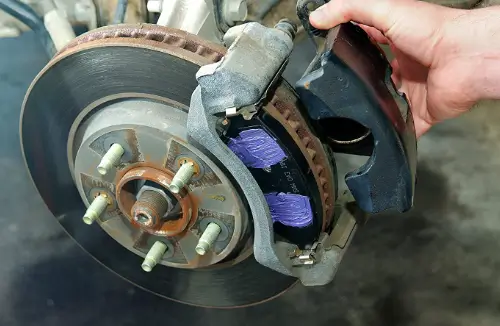
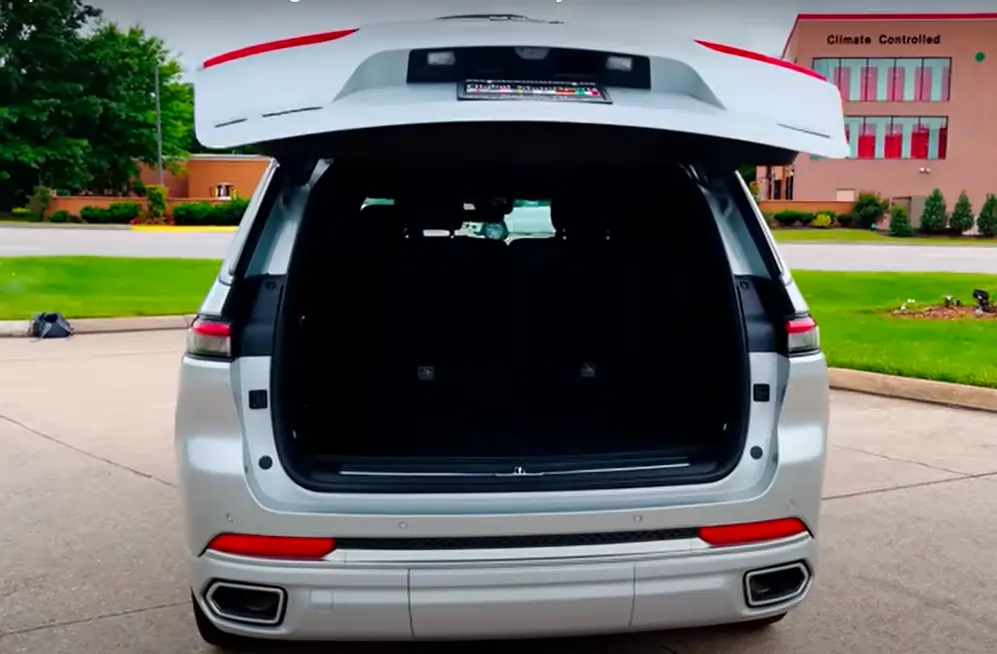
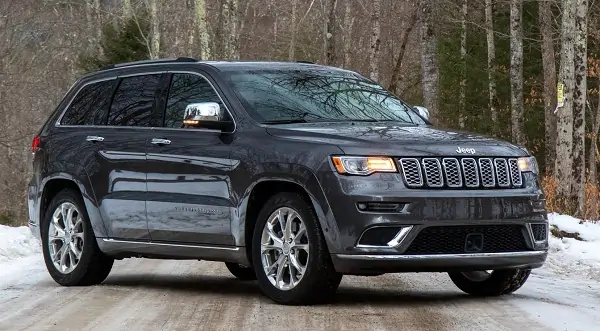

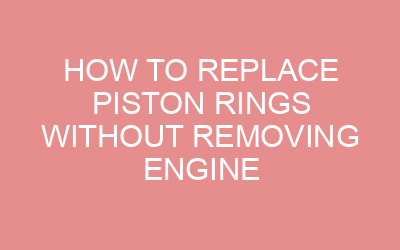
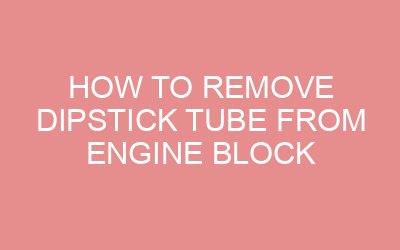

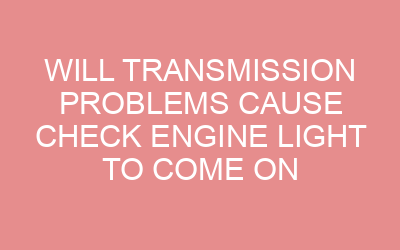
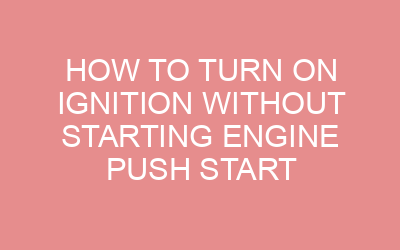
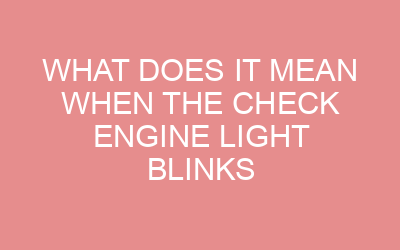
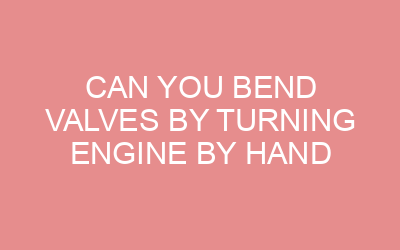


Leave a Reply